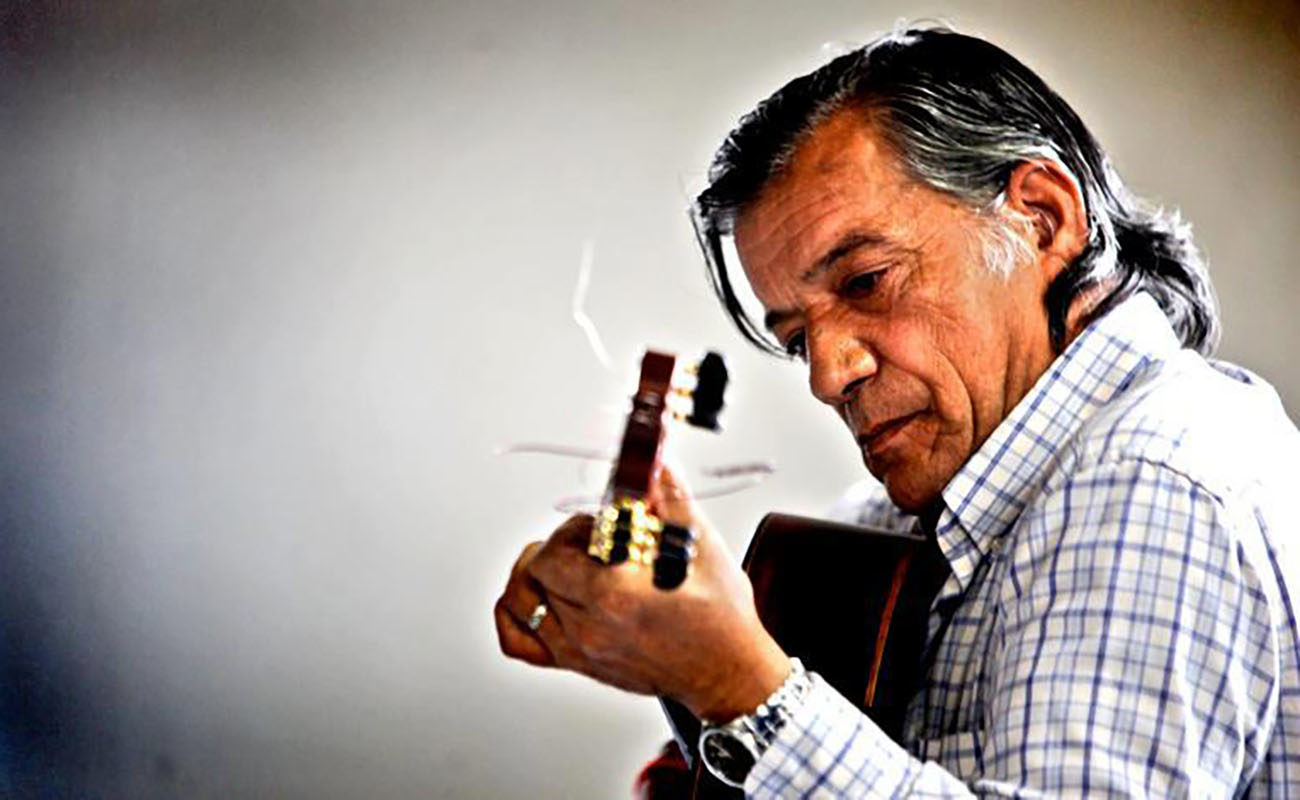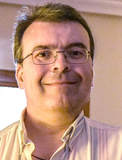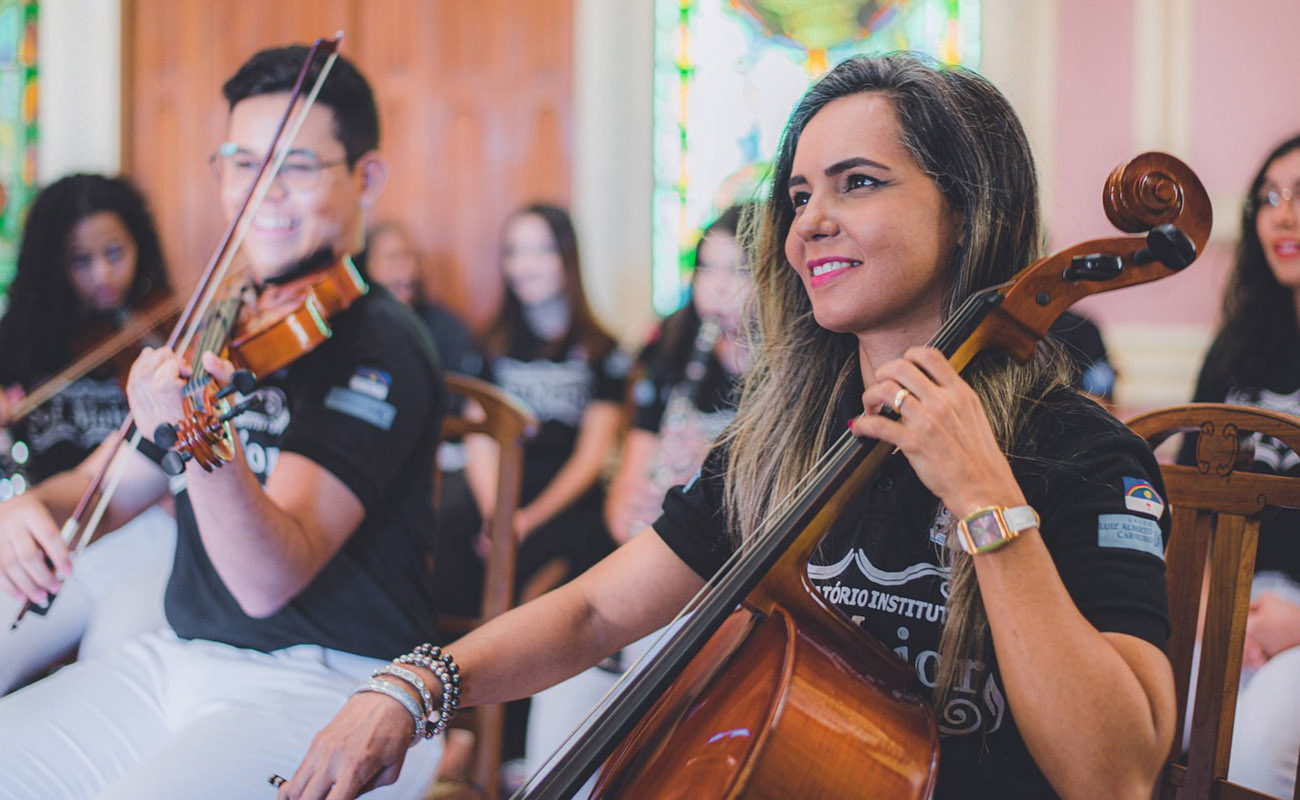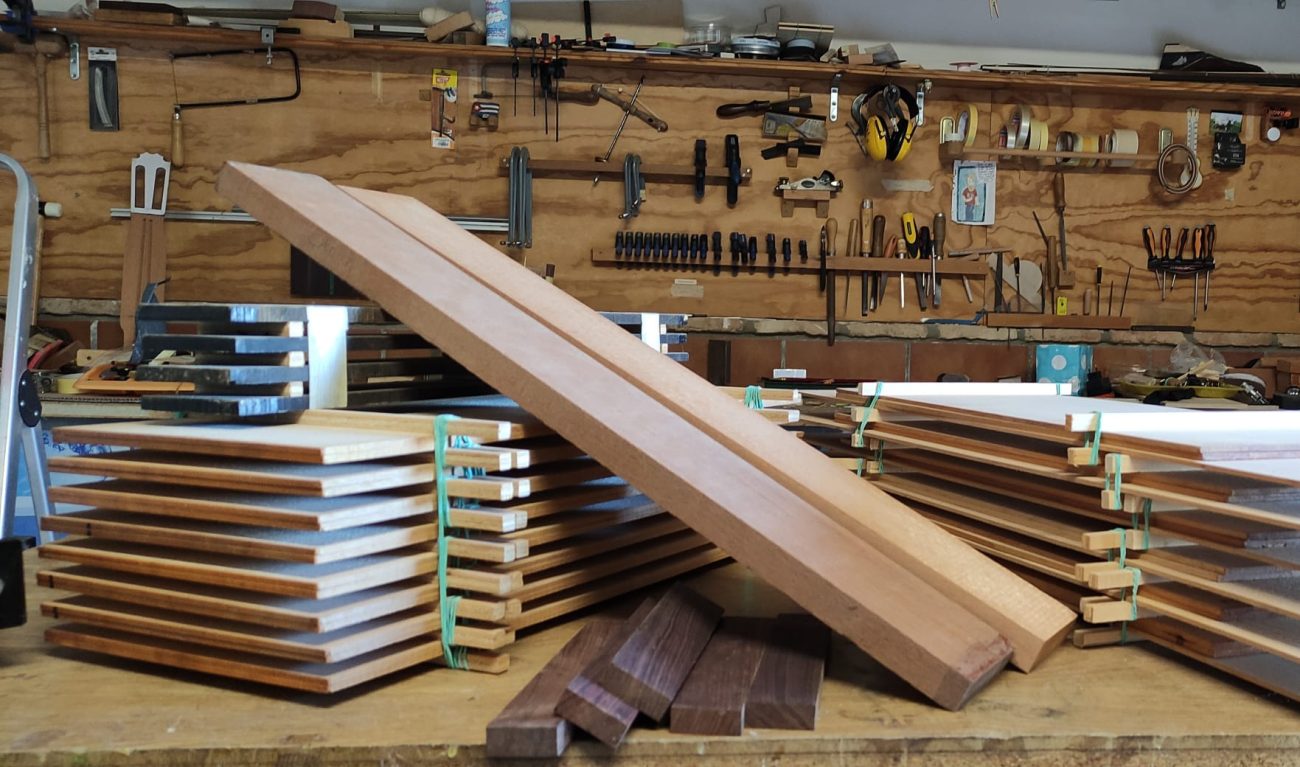El Niño Miguel, brief analysis of a genius
If we were to evoke Niño Miguel in the 21st century, we should categorize him more as a citizen aficionado, rather than a professional renowned star of guitar.

If we were to evoke Niño Miguel in the 21st century, we should categorize him more as a citizen aficionado, rather than a professional renowned star of guitar. Miguel was a commoner, a fan of sports who enjoyed playing dominoes and foosball, chatting with friends and singing any pop song of his days, etc., but above all he was an addict and lover of the guitar, well above a simple aficionado. Such was his affinity for that instrument that he was able to surpass the high bar of creativity and execution of his time. Making such statement doesn’t mean putting him on a scale of values or giving him a number of points (which would be a lot anyway, since he was born with plenty of talent), because he didn’t play better of worse than that range of guitarists, he simply created and made the instrument sound with an unmistakable imprint.
He started his career in the 1970s, achieving great fame. Yet, soon his life managed to steer him away from the limelight. Later, he had to create and improvise with two, three… or the whole six strings, not better or worse, but in a different and unique way. His music has nothing to do with Paco de Lucía or Manolo Sanlúcar, neither with that of the great masters from the previous generation, which inspired so many sublime geniuses. Miguel’s music was something else, atypical and unusual, riddled with half tones and accords with bridges and half bridges in the highest-pitch section of the guitar’s neck, or in its narrowest parts, closest to the sound hole; arpeggios of two, three, four or five notes, sometimes ascending, or in reverse; polyphonic accords followed by hitting the guitar’s wood, then silence, a combination of both, fusions of tremolos and picados in those arduous sections of the fretboard. His knowledge about the instrument and harmonics was evident, because Miguel not only improvised music, but also improvised something much more unusual: the tuning of the guitar. There is a standard tuning used to play everything, perhaps with a little variation for rondeñas, or something more modern like Paco de Lucía’s “Siroco”, where the guitar is totally out there. Miguel, at the time when he wandered aimlessly around Huelva, long after his had quit working on his discography, when his wrecked career was just a memory, disgraced and destitute, whenever he was missing a string in his guitar and wanted to play something, he would tune his guitar in a mathematical but improvised way, in a quasi-supernatural act. He would tighten or loosen one or other of the remaining strings (less than the regular six, of course), to fit in that lack of resources whichever music was playing in his head, as if trying to make the most of a scarce commodity which, in tight times, had to be stretched to the max. In that way, he could play, for example, the Malagueña de Lecuona with six, five, four or three strings, just by getting the precise tension in the few remaining strings. Is it possible to imagine a greater genius? And no one can say that such genius was the product of hours of study, because if he was lacking strings, it was precisely because he was too poor to buy them, and when someone is so penniless, there’s no time to study, but only to play in order to eat.
Miguel, the creator of pieces with a high technical level and others which didn’t require much skill, always achieved a uniform result: a melody soaked with feeling, which always evoked sorrow, melancholy, sadness, nostalgy and longing for something ill-defined in the mind. No guitarist in flamenco has ever been so original, so uneven, so emphatic.
We are talking about a professionalized artist who avoided airports and stages, adverse to the world, to the spotlights, to the masses, to impetuous execution. That wasn’t his life, or his music, or something he wanted. He despised crowds, was overwhelmed by long trips, and even by fame, I think. The neighborhoods of Las Colonias, El Torrejón, El Carmen, El Conquero and El Puerto, in Huelva, were his five continents.
The musical foundation which made Niño Miguel to be considered a genius of guitar were his two albums; they were the hands which took the lid off his essence. One track from his first album which caused a great impact was “Brisas de Huelva“, simply a masterpiece. I can say without any doubt that it is the best composition of fandangos de Huelva that has ever been made for guitar. It’s something unique: a piece with three tremolos, one of which could be a style of fandango on its own right, ready to be sung, named “style of Miguel Vega”, like that of Rengel or Pepe “La Nora”, for example.
Certainly, and I don’t think this is something that any guitarist would deny, Miguel Vega “El Niño Miguel”, has been the best creator and executor of the toque por Huelva, in the fandango “por arriba”. That modality had a grace born from his very self and was non-transferable. To understand this is essential to have listened to him playing live. It’s something impossible to describe. Nowadays, the technique in flamenco guitar surpasses that of this guitarist from Huelva, yet it doesn’t come close in creativity.

Francisco Cuaresma




